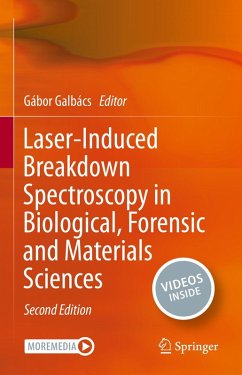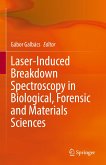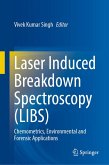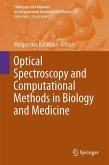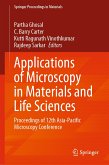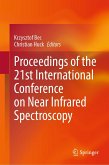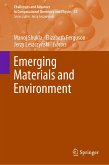LIBS, which was previously mainly used by physicists, chemists and in the industry, has now become a very useful tool with great potential in these other fields as well. LIBS has a unique set of characteristics including minimal destructiveness, remote sensing capabilities, potential portability, extremely high information content, trace analytical sensitivity and high throughput. With its content divided into two main parts, this book provides not only an introduction to the analytical capabilities and methodology but also an overview of the results of recent applications in the above fields. The application-oriented, multidisciplinary approach of this work is also reflected in the diversity of the expert contributors. Topics added to this new edition include:
- Application of nanostructures in LIBS
- LIBS food analysis
- Cancer diagnostics using LIBS
- LIBS in nuclear and fusion research
- Microplastics detection using LIBS
- Tag-LIBS in biological applications
Given its breadth, this book will appeal to students, researchers and professionals interested in solving analytical/diagnostic/material characterization tasks with the application of LIBS. Supplementary videos can be accessed online as well as directly from the print book; simply download the Springer Nature More Media App for free and scan the links with the play button.
Dieser Download kann aus rechtlichen Gründen nur mit Rechnungsadresse in A, B, BG, CY, CZ, D, DK, EW, E, FIN, F, GR, HR, H, IRL, I, LT, L, LR, M, NL, PL, P, R, S, SLO, SK ausgeliefert werden.

